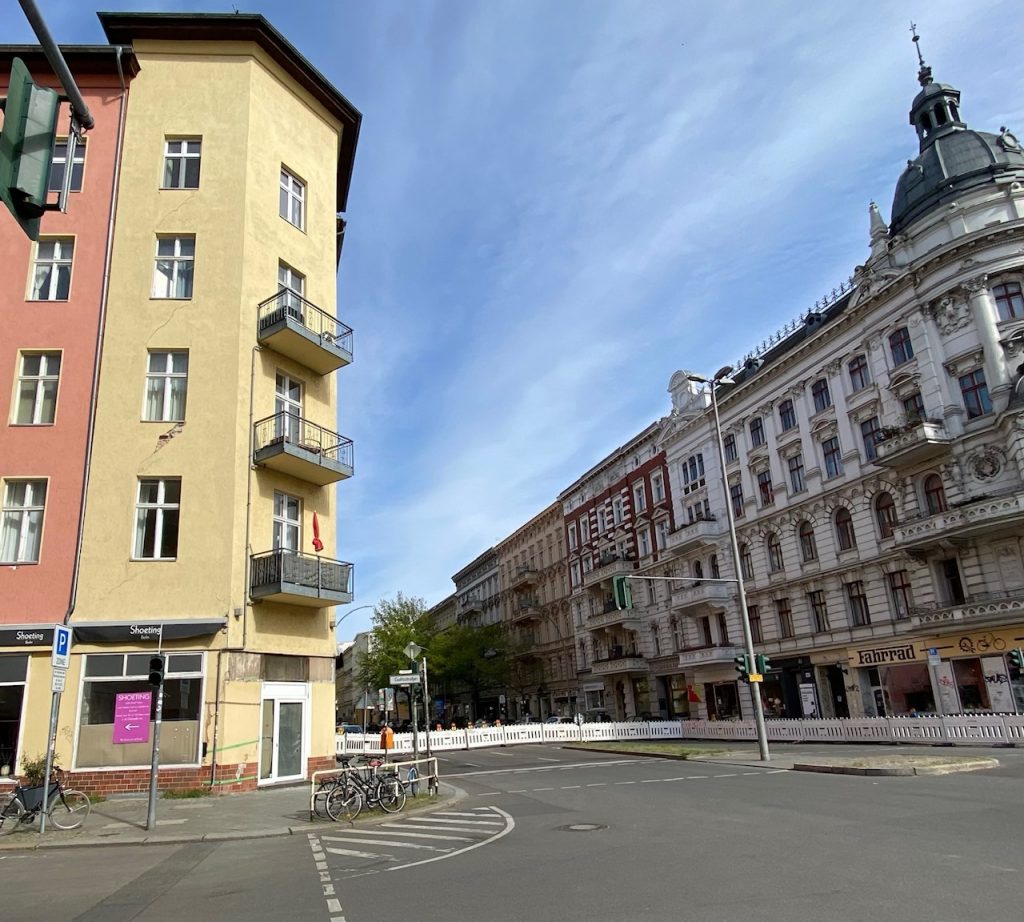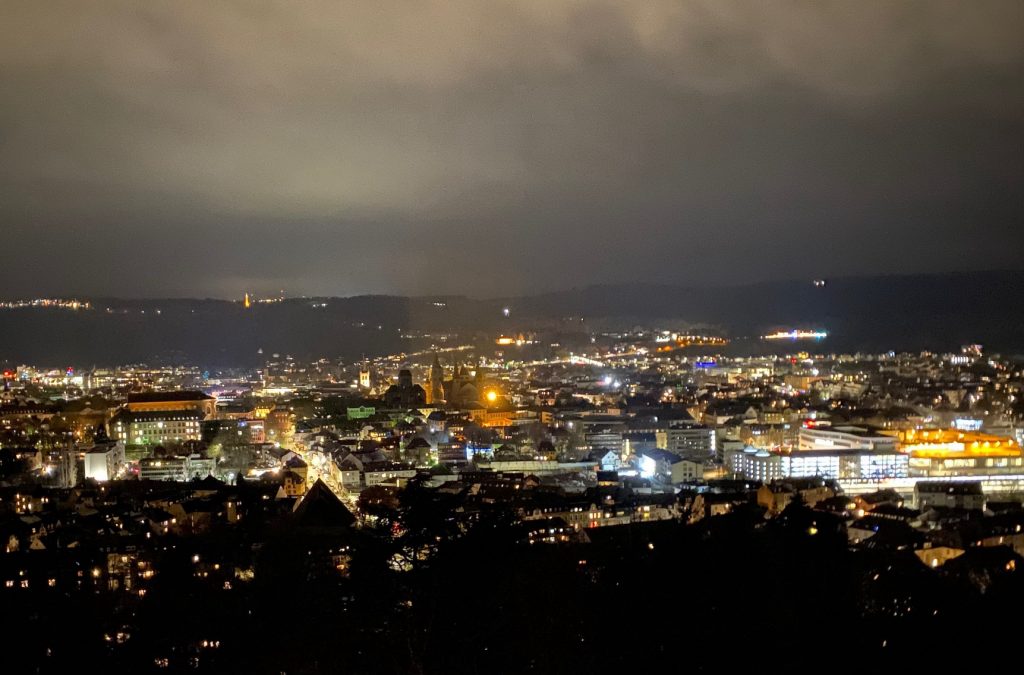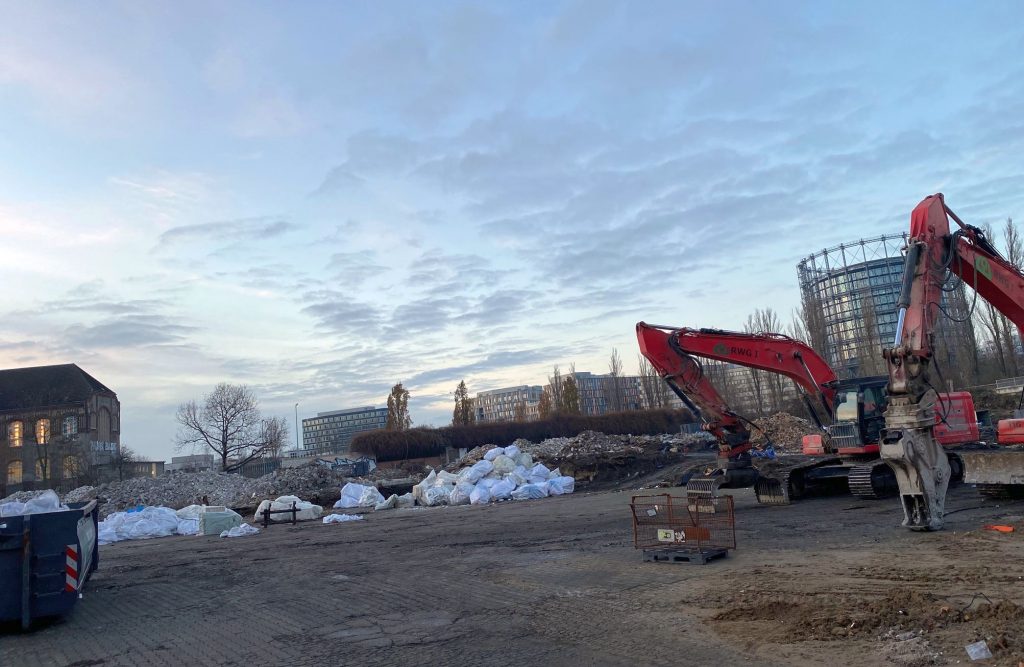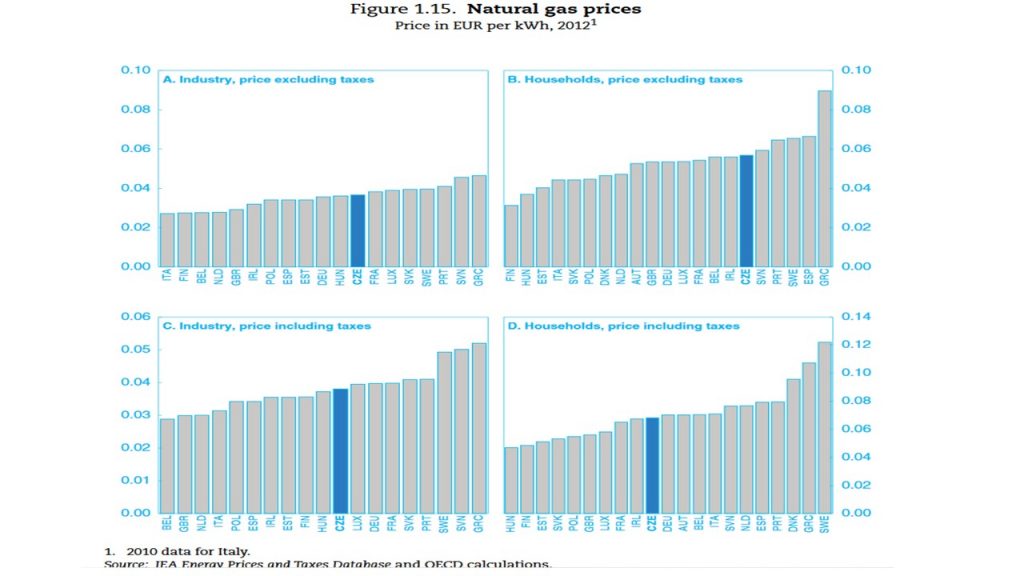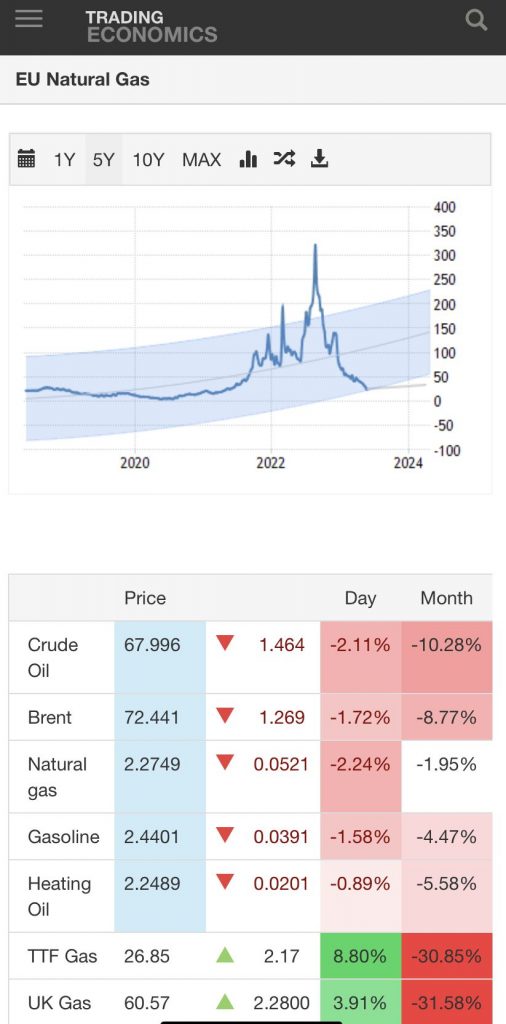It doesn’t need much explanation to advocate better infrastructure. Even if we rarely agree on what constitutes better infrastructure, the lack of infrastructure is felt quickly. Almost everything we use on a daily basis like water, food or transportation rely on large scale infrastructure to facilitate individual uses. Companies settle where they spot good locations, most of them are related to infrastructure as well. The basics about infrastructure is the public versus private provision of such infrastructure and related services. Even a country’s defense hinges on good infrastructure to be able to respond quickly at the place where the defense is most needed. Telecommunication and satellites have been recent innovations in the field of infrastructure. Security and cybersecurity in particular are a critical component of infrastructure. The topic is huge. The means to address these issues are likewise of daunting scale. Therefore, it is all the more important to address these challenges.







